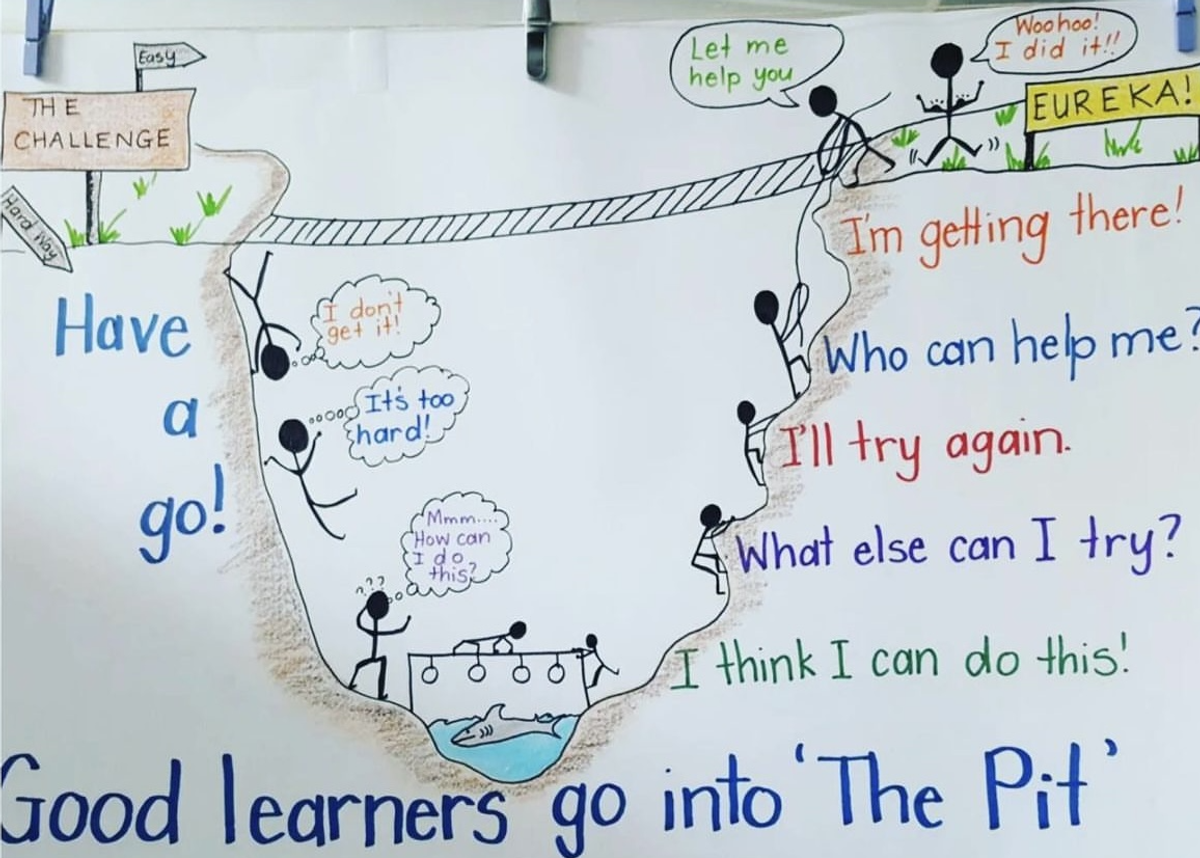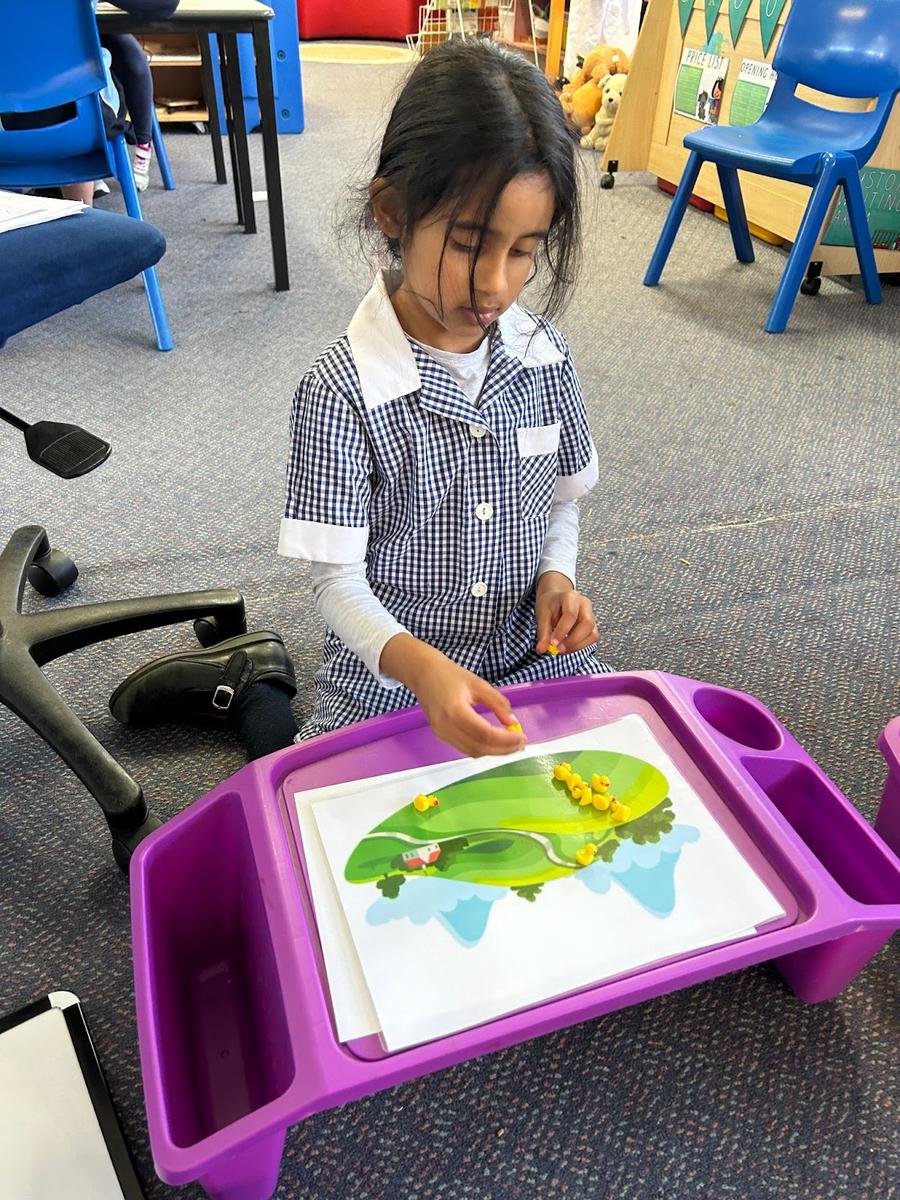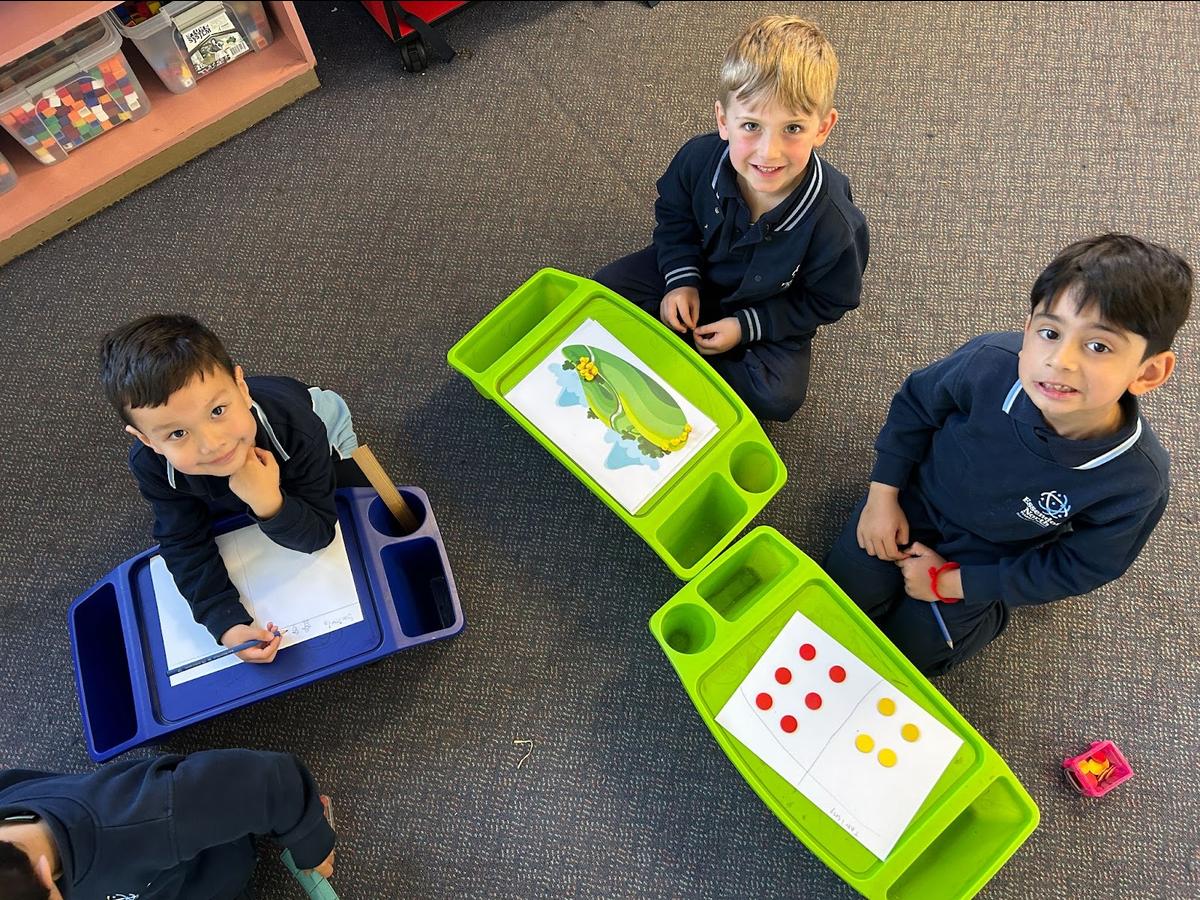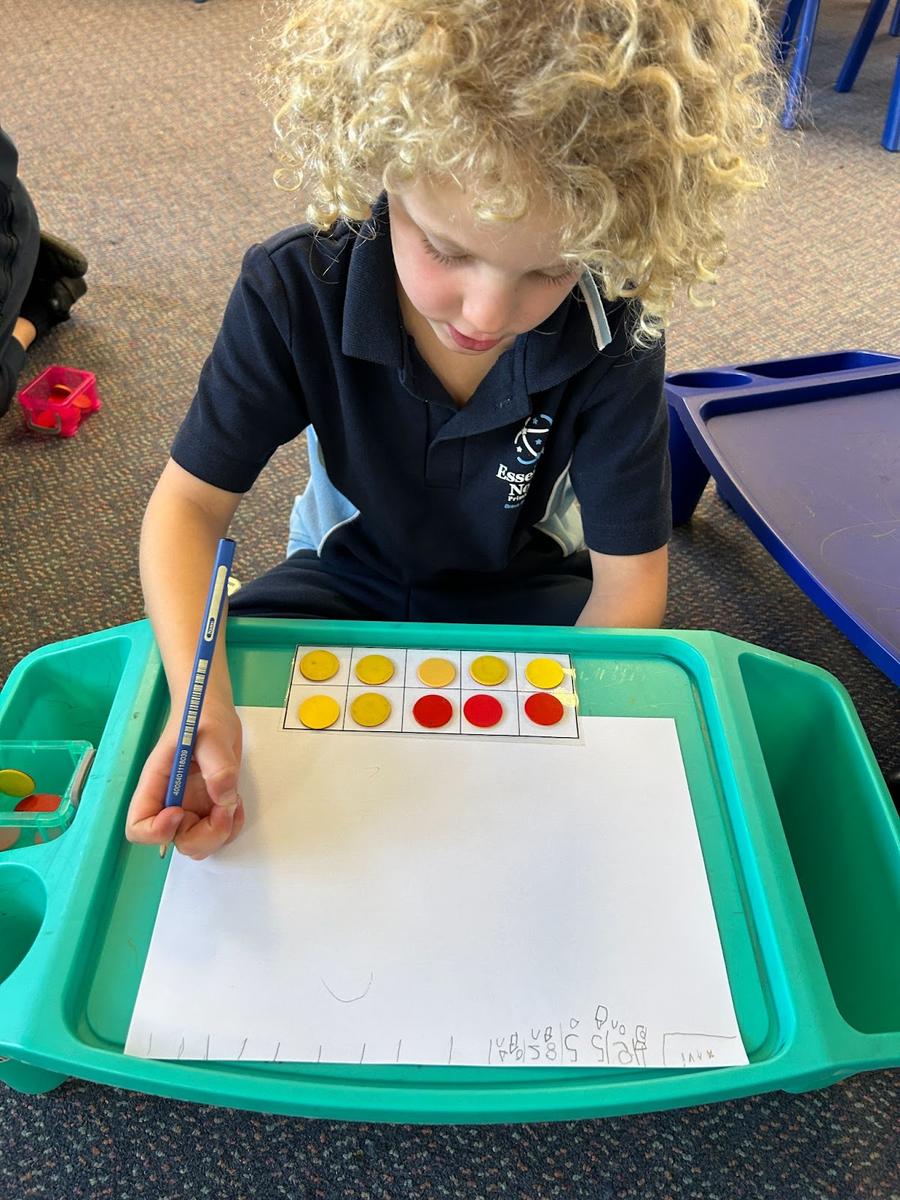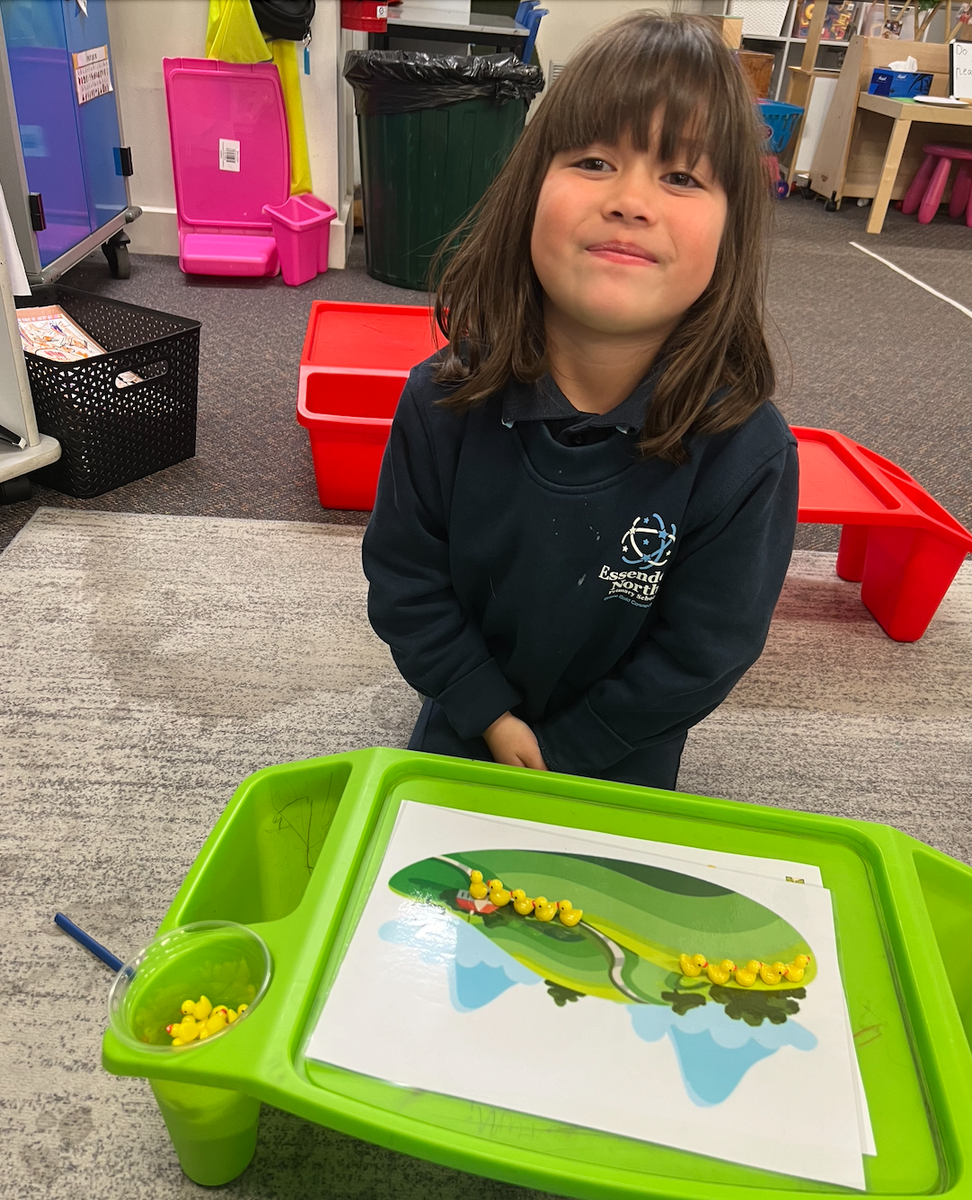Mathematics @ ENPS
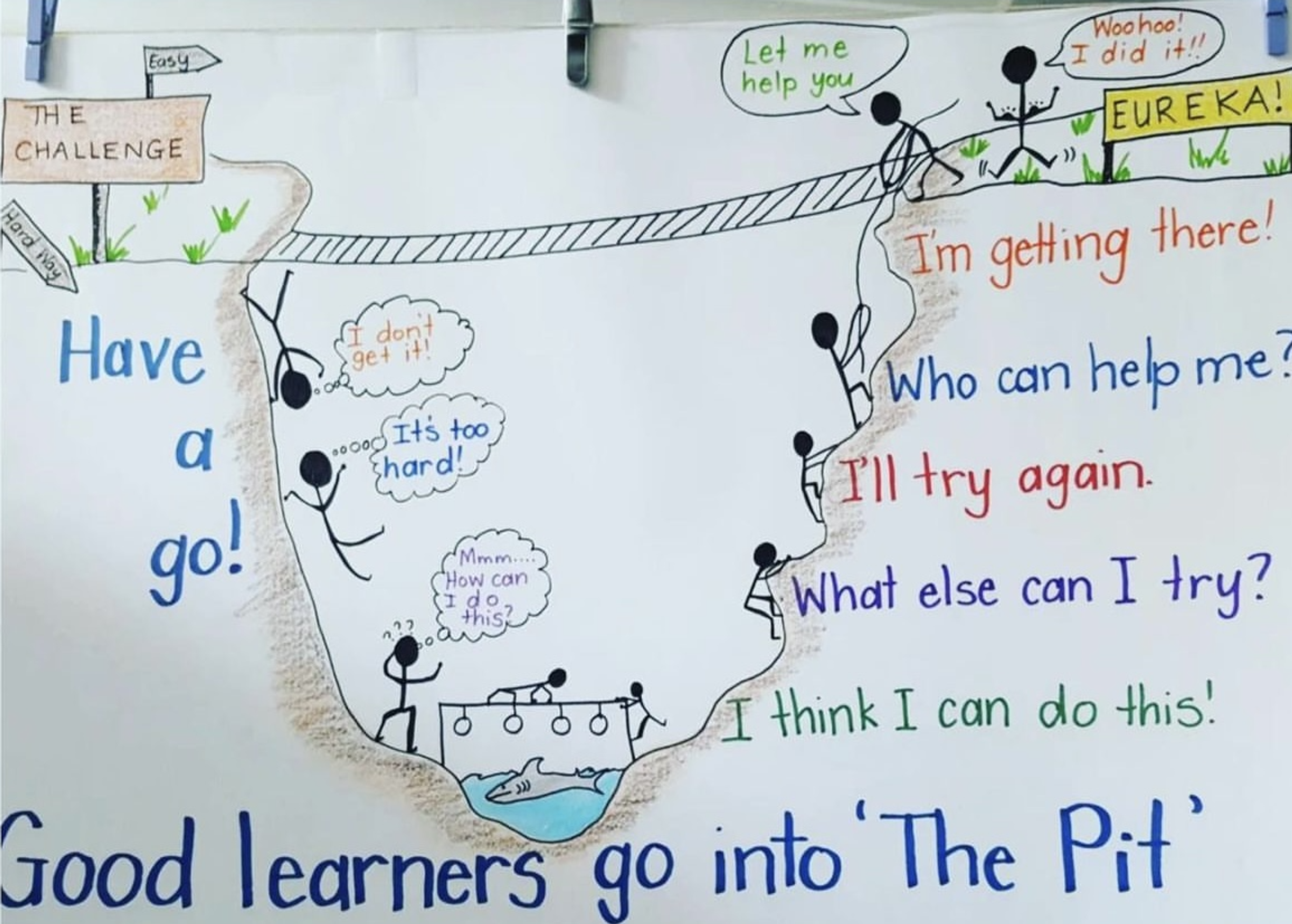
Learning in Mathematics Version 2.0
Proficiency in Mathematics
The proficiencies of Understanding, Fluency, Reasoning and Problem-solving are embedded in all six strands of the Mathematics curriculum 2.0 that will begin being taught in 2025.
A Focus on Problem-solving
Mathematics recognises the importance of providing students with meaningful opportunities to use mathematics to solve problems from both abstract mathematical and real-world contexts. Students engage in mathematical problem-solving when they are presented with a problem situation for which they do not immediately know the answer, and they work through a process of planning, choosing and applying strategies and heuristics to find a solution to the problem, reviewing and analysing their solution.
Problems can be simple, where there is only one possible solution, or complicated, where the problem may have many valid approaches to develop solutions. Problem-solving is the ability of students to make choices, interpret, formulate, model and investigate problem situations mathematically, select and use technological functions and communicate solutions effectively. Students pose and solve problems when they use mathematics to represent unfamiliar or meaningful situations, design investigations and plan their approaches, make mathematical decisions as they draw on previously learnt concepts, skills, procedures and processes to solve problems, verify that their answers are reasonable, communicate solutions clearly and justify the reasonableness of their approaches. A proficiency for solving problems can lead to a sense of confidence and aptitude (rather than confusion or anxiety), whenever someone finds themselves in a situation where a grasp of mathematics is essential.
Ways mathematical problem solving is developed at ENPS and at home:
- Developing understanding of the learning pit to assist them to grapple with challenging problems and frustrations when a solution isn’t always apparent.
- Explain and justify their approach to a problem and how and why they chose that approach.
- Approaching mathematical challenges with a growth mindset that develops capacity to look from another angle and try another way.
- When launching into a problem being engaged in the productive struggle with patience and persistence.
- The idea of ‘struggling’ with a mathematical problem becomes associated with being a productive maths learner rather than a negative experience.
- Developing understanding that great mathematicians don’t always solve problems quickly.
(Adapted from the VCAA: Mathematics Curriculum 2.0)
Students in Foundation used problem-solving strategies to solve problems connected to nursery rhymes and picture story books. For example: “10 Little Ducks went out one day, over the hill and far away. Mother duck said ‘Quack quack quack quack’, and only some of the little ducks came back. How many of the ducks could have come back?”
Melissa Paola
Mathematics Learning Specialist and Year Six Teacher

